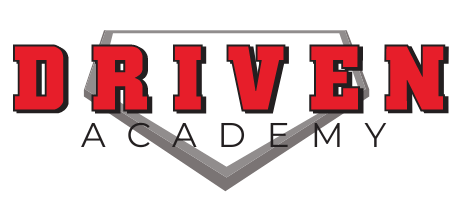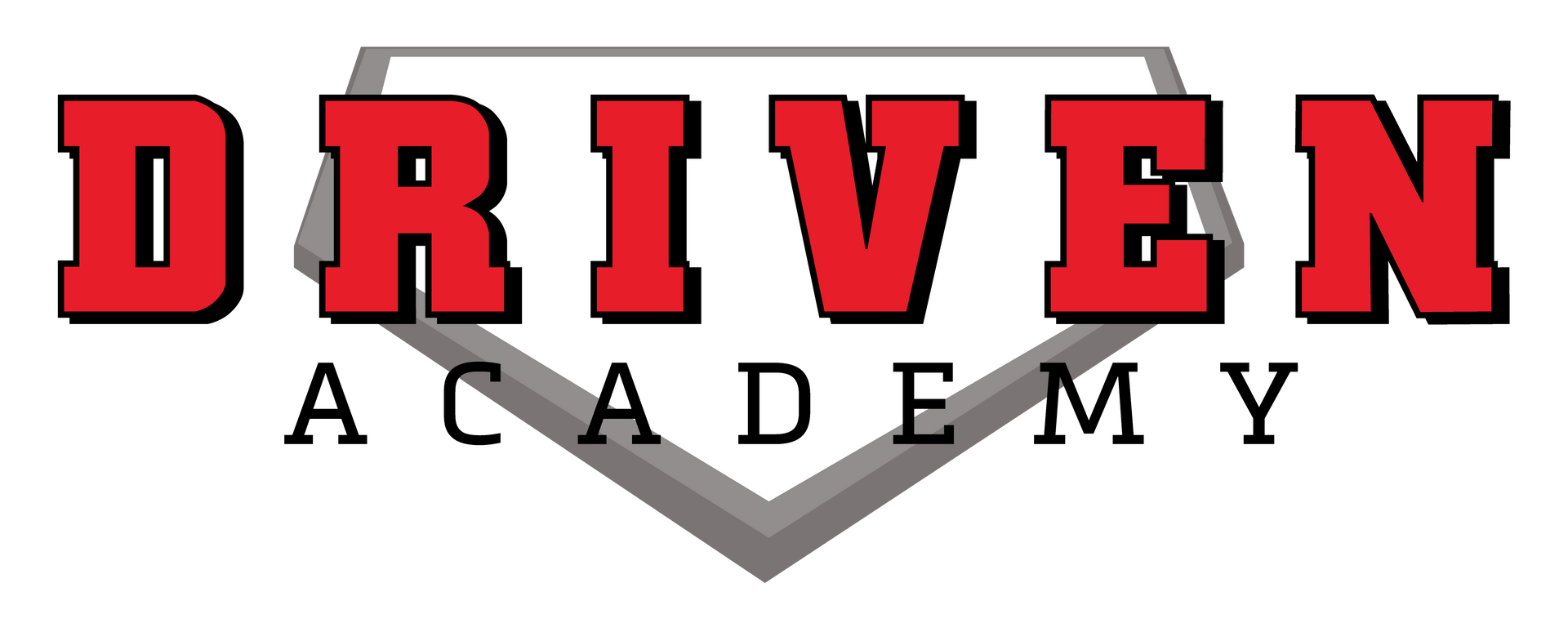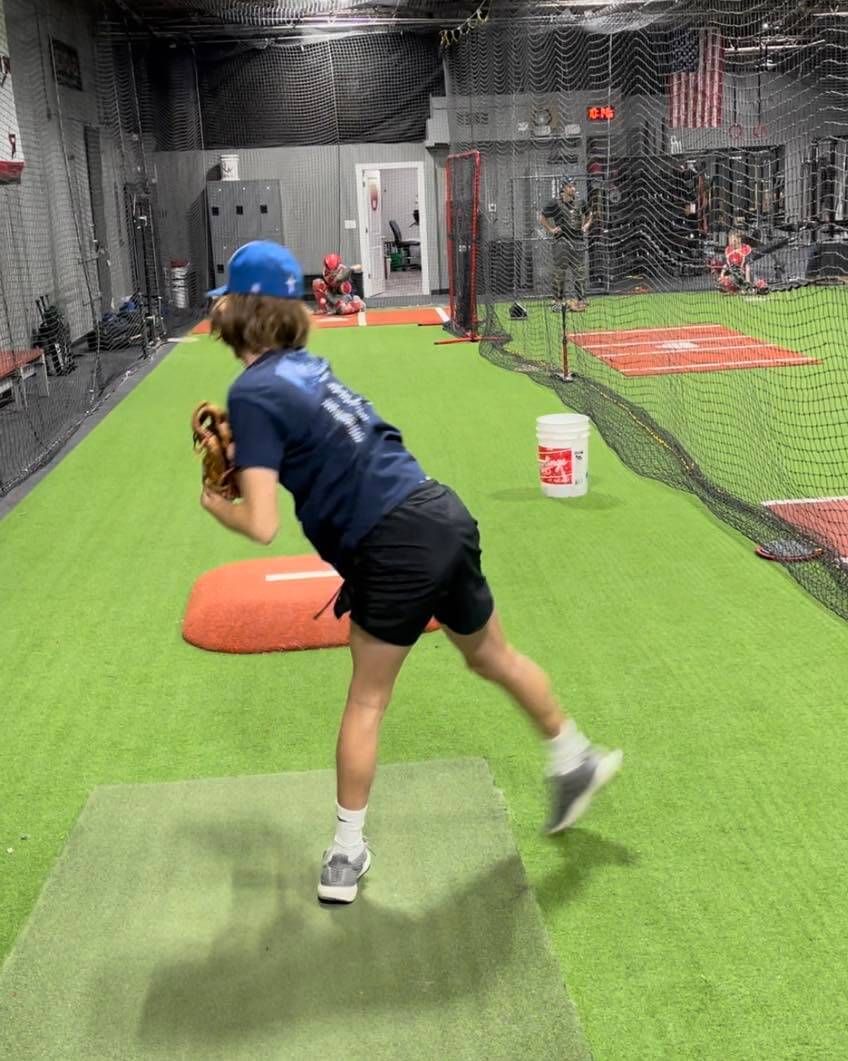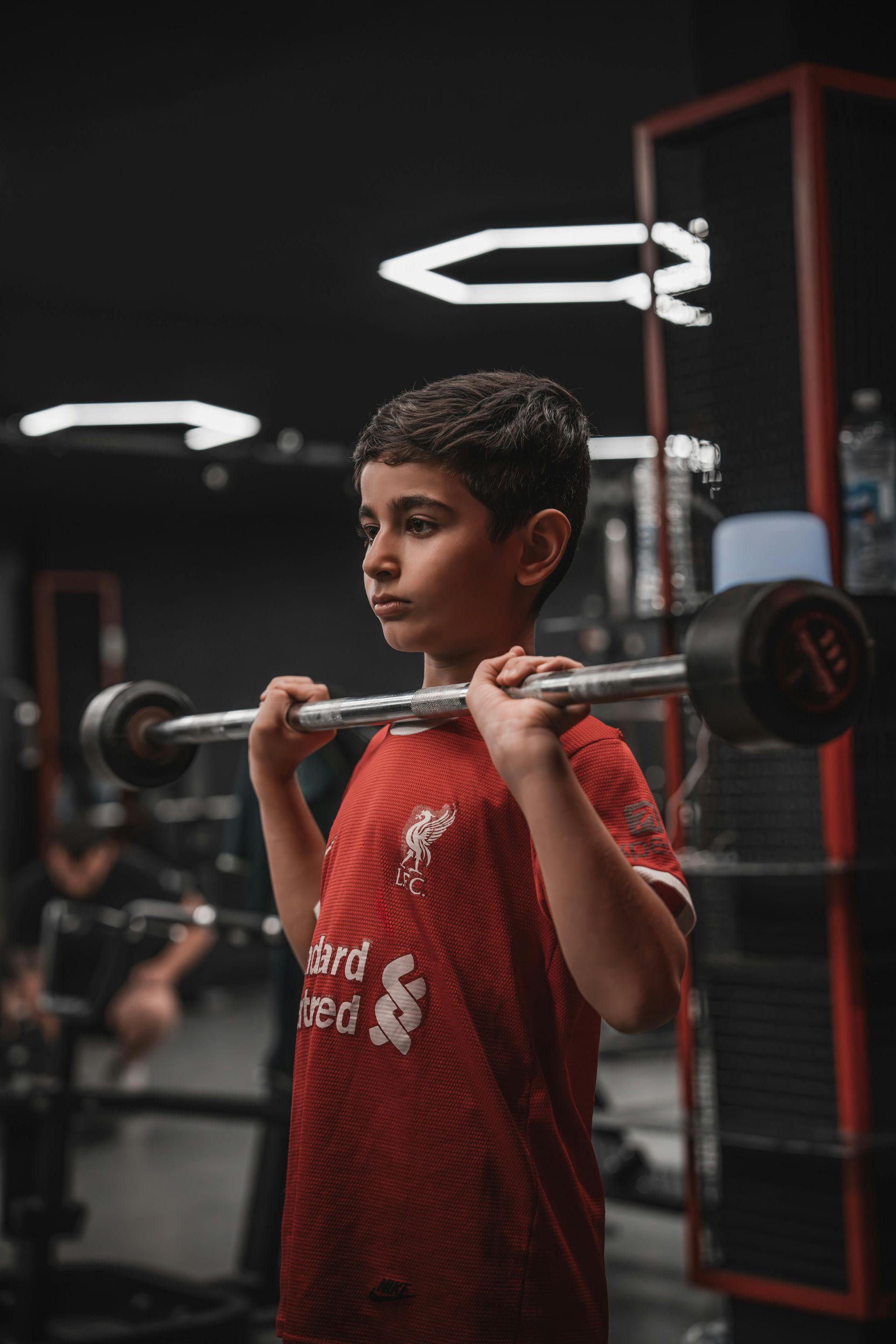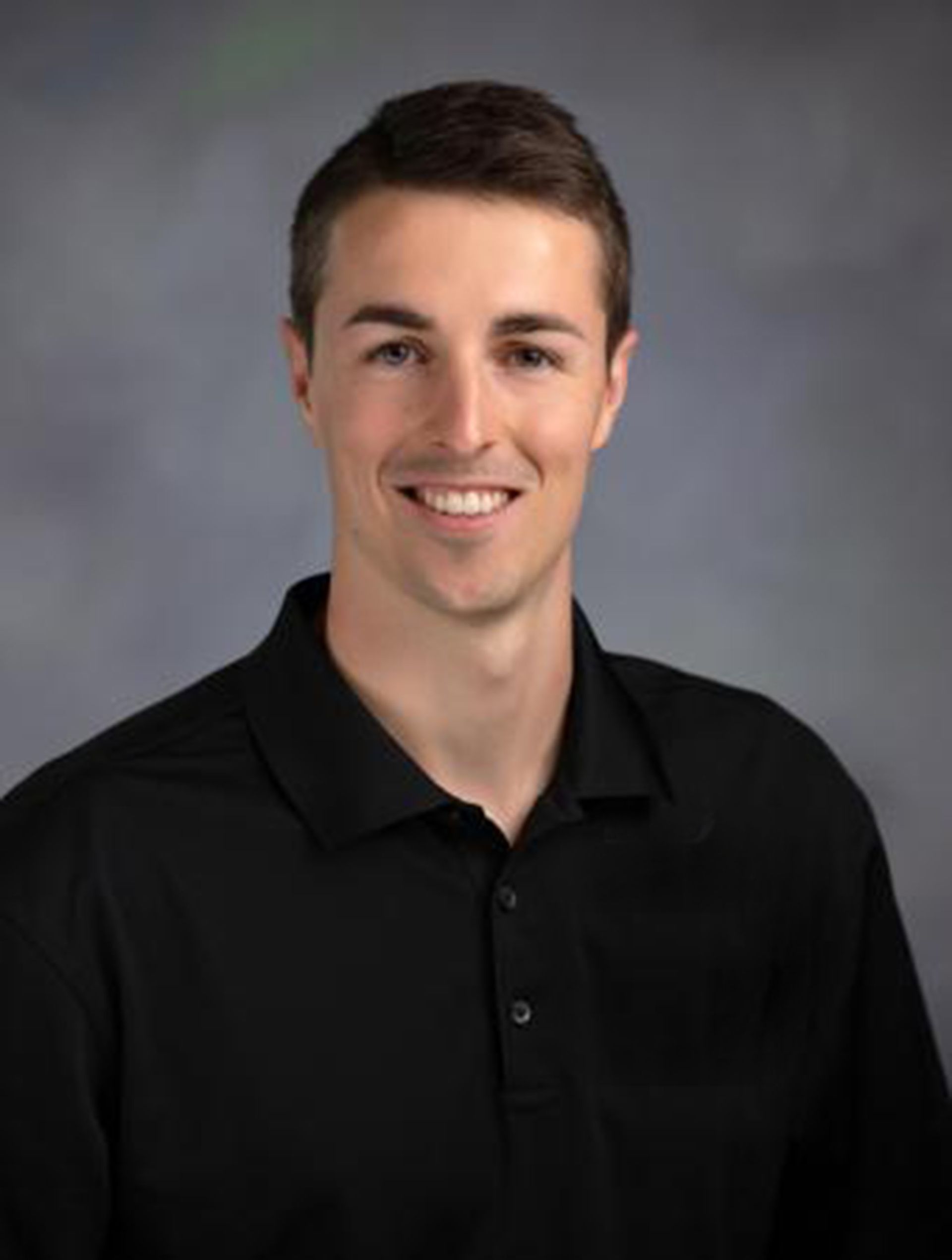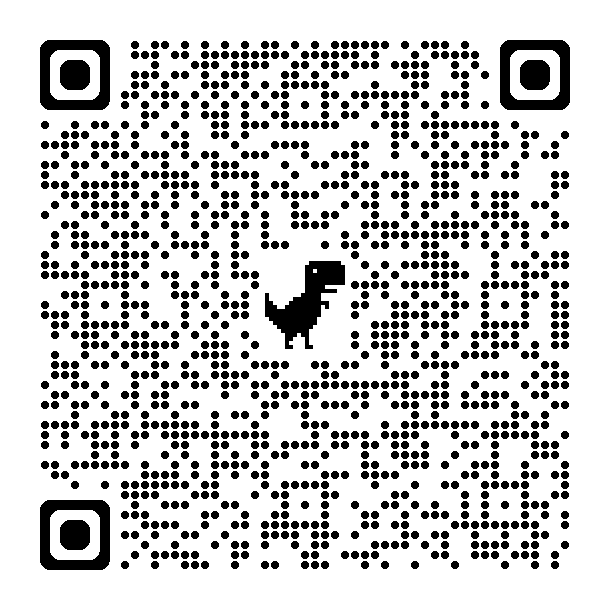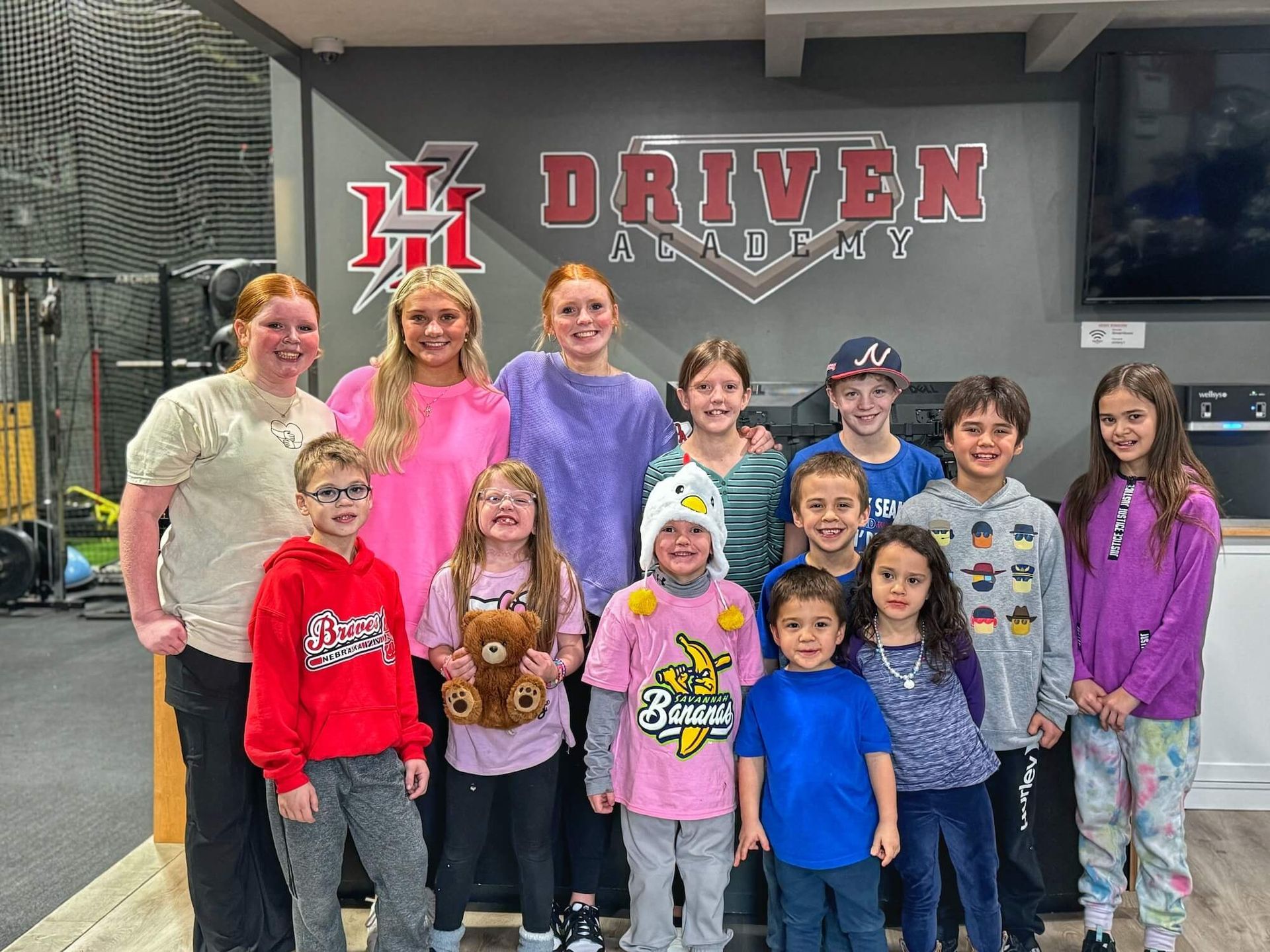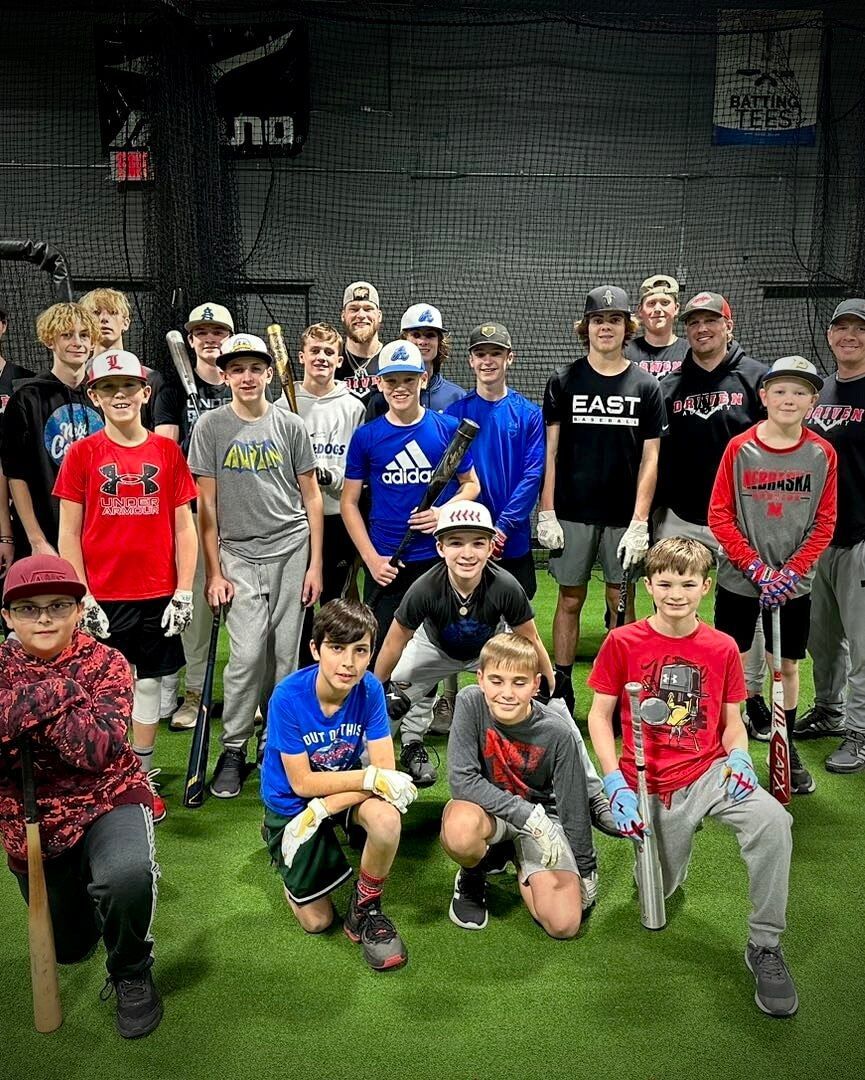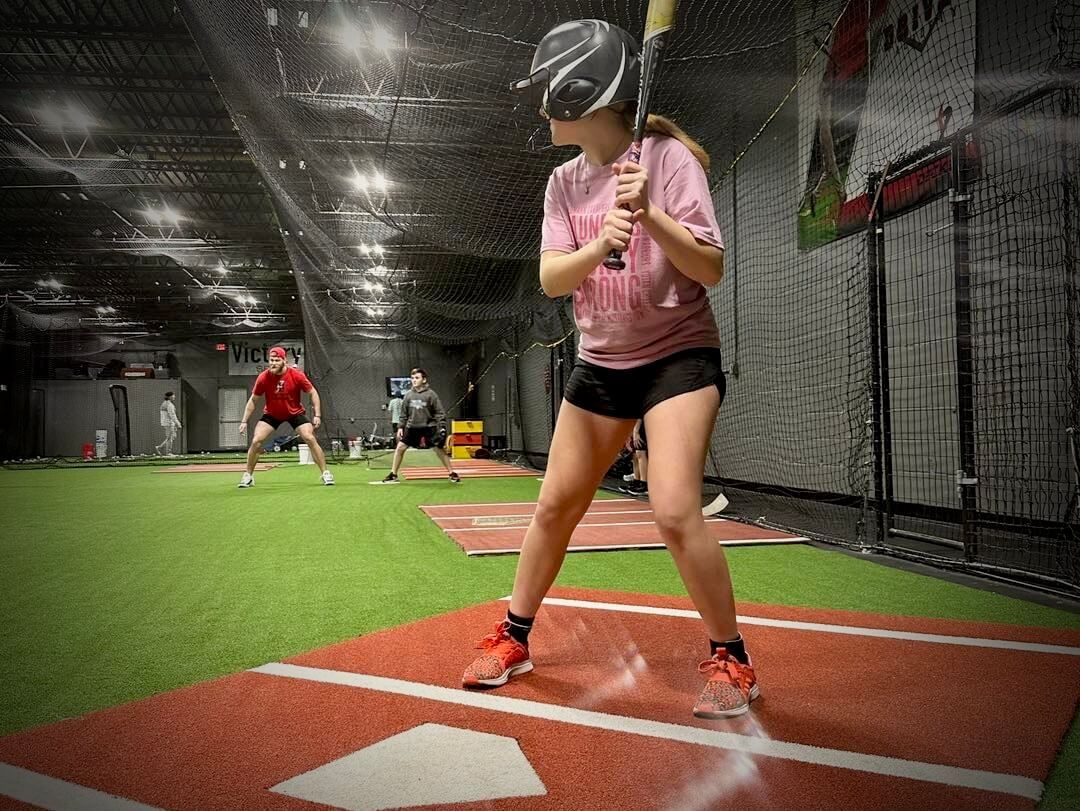Expert Physical Therapy For Every Athlete
Driven Academy is thrilled to announce a game-changing partnership with Dr. Austin Horan, PT, DPT. Get ready to elevate your performance and accelerate your recovery as we bring world-class physical therapy directly to you.
Young Athletes Are Being Benched
by Preventable Injuries.
Let's Change That!
Parents, coaches, and athletes, listen up:
Youth sports injuries are increasing across ALL age groups and sports disciplines. From Little League Shoulder to Tommy John surgeries, our young athletes are impacted like never before.
The statistics are concerning:
- Injuries are occurring earlier
- Recovery times are lengthening
- Long-term health implications are worsening
What's behind this trend?
- Poor training techniques
- Overspecialization at young ages
- Inadequate rest and recovery
- Pressure to perform at elite levels too soon
Let's work together to reverse this alarming trend and protect the future of our young athletes. Their health and well-being depend on our immediate action.
OUR MISSION
Unlike traditional clinics that separate rehabilitation from training and where insurance companies interfere in the care being provided, our integrated approach at Driven combines specialized therapy with immediate access to performance equipment and expert coaching.
Dr. Austin Horan PT, DPT works directly with you, providing real-time movement assessment in your actual training environment.
Dr. Horan's expertise is now at your fingertips, offering:
- Cutting-edge treatment techniques
- Personalized recovery plans
- Injury risk reduction strategies
- Performance optimization
This unique setting not only accelerates recovery but also allows for immediate application of therapeutic techniques to your sport-specific movements, helping you return to peak performance faster and stronger than before.
Don't let injuries hold you back - join us in welcoming Dr. Austin Horan to the Driven Academy family!
Your peak performance journey starts here!
The Benefits of Physical Therapy at Driven Academy
Integrated Care
Driven Academy offers proximity to coaches and trainers fosters better communication and collaboration, ensuring a more holistic approach to the athlete’s recovery and performance enhancement.
Immediate Access To Facilites
At Driven, athletes can access specialized equipment and training tools immediately after their therapy sessions, as well as between sessions, facilitating a seamless transition from rehabilitation to performance training.
Sport-Specific Focus
Driven offers sport-specific rehabilitation programs that cater to the unique demands of different sports, helping athletes recover more effectively and return to their sport sooner.
Community & Support
The sporting facility setting fosters a sense of community, where athletes can share experiences and support one another throughout their recovery journey.
Convenience
Offering therapy sessions within the Driven Academy facility saves time for athletes, as they can combine their training and rehabilitation in one location.
Locally-owned
We are a locally-owned small business. Our mission is to serve all young athletes in the Lincoln Metro community.
Real-Time Assessment
Dr. Horan will observe you in your training environment, allowing for real-time assessments of their movements and needs, which can lead to more tailored and effective treatment plans.
Enhanced Motivation
Being in a sporting environment can boost an athlete's motivation and commitment to their recovery, as they are surrounded by peers and the energy of the sports community.
Injury Risk Reduction
Dr. Horan will educate athletes how to reduce the risk of injuries, in a relevant context, which can help them reduce the risk of future injuries.
Interview with Physical Therapist
Dr. Austin Horan, PT, DPT
Meet Our Physical Therapist
Dr. Austin Horan, PT, DPT
Dr. Austin, a distinguished physical therapist with a passion for sports medicine, has dedicated his career to nurturing the health and performance of athletes. His journey began on the fields and courts of Lincoln North Star High School, where he excelled in baseball, basketball, and football. A pivotal moment came during his junior year when a torn ACL led him down an unexpected path, igniting a fervent desire to help fellow athletes overcome injuries and prevent future setbacks.
Graduating with highest distinction from the University of Nebraska Medical Center, Austin earned his doctorate in physical therapy, setting the stage for a remarkable career. Now based in Lincoln, he has established himself as a preeminent sports physical therapist, with a particular affinity for baseball and softball players.
Dr. Austin's approach to athlete care is both comprehensive and innovative. Drawing from cutting-edge research, he has developed a holistic evaluation method that assesses the entire kinetic chain—from elbow to shoulder, spine to hips and legs—to optimize performance and minimize injury risk in throwing athletes. His expertise extends beyond rehabilitation, encompassing proactive strategies to keep healthy athletes at the pinnacle of their game.
A firm believer in continuous learning and advancement, Austin has expanded his skillset to include dry needling certification, offering additional options for muscle recovery and pain management. His unwavering commitment to helping athletes return to peak performance, coupled with his profound understanding of injury prevention, has made him an invaluable asset to the sports community.
With a career built on a foundation of personal experience, academic excellence, and genuine passion, Dr. Austin continues to inspire and support athletes on their journey to achieve their fullest potential.
How To Book
Book Your Session Today
Important Safety Information About Physical Therapy at Driven Academy
By participating in our PT services, you acknowledge:
- This is a supplemental training service, not a primary healthcare service
- Please consult your primary care physician before starting
- Services are designed to complement your sports training or address sports-related orthopedic issues
- Results vary based on individual factors and commitment
- You must inform your therapist of any physical limitations or health conditions
- Driven Academy and its staff are not liable for injuries or complications that may arise from PT sessions
If you have any quesitons about Physical Therapy at Driven Academy, please contact us and we'll be happy to provide any information you need.
What are the unique Physical Therapy needs for baseball players?
Baseball players have several unique physical therapy needs due to the specific demands of their sport. Here are some key areas that often require attention:
1. Shoulder Health:
- Rotator cuff strengthening and stability
- Scapular (shoulder blade) stabilization
- Treatment for conditions like impingement syndrome or labral tears
2. Elbow Care:
- UCL (ulnar collateral ligament) injury prevention and rehabilitation
- Treatment for conditions like "pitcher's elbow" or tennis elbow
3. Core Strength:
- Abdominal and lower back strengthening
- Rotational core exercises to improve pitching and batting power
4. Lower Body:
- Hip mobility and strength
- Knee stability
- Ankle flexibility and strength
5. Throwing Mechanics:
- Biomechanical analysis and correction of throwing motion
- Improving kinetic chain efficiency
6. Posture Correction:
- Addressing imbalances from repetitive motions
- Preventing and treating conditions like forward head posture
7. Flexibility and Mobility:
- Improving overall range of motion, especially in the upper body
- Addressing tight hip flexors and hamstrings common in baseball players
8. Balance and Proprioception:
- Enhancing body awareness and control during dynamic movements
9. Recovery Techniques:
- Soft tissue mobilization
- Active release techniques
- Proper cool-down and stretching routines
10. Injury Risk Reduction:
- Developing personalized warm-up routines
- Strength training programs tailored to baseball-specific needs
11. Hand and Wrist Care:
- Strengthening exercises for grip and forearm muscles
- Treatment for conditions like carpal tunnel syndrome
12. Neck Stability:
- Exercises to support the cervical spine during high-velocity movements
These needs can vary based on the player's position, age, and individual physical condition. A comprehensive physical therapy program for baseball players should address these areas while considering each athlete's unique requirements and injury history.
What are the unique Physical Therapy needs for Softball players?
While softball and baseball share many similarities, there are some key differences in the physical demands and injury patterns that can lead to unique physical therapy needs for softball athletes. Here are some physical therapy services that may be more specific or emphasized for softball athletes compared to baseball athletes:
1. Underhand Pitching Mechanics
- Softball pitchers use a windmill pitching motion, which puts different stresses on the shoulder, elbow, and wrist compared to overhand baseball pitches.
- Physical therapists may focus on:
- Shoulder stability and rotator cuff strengthening specific to the underhand motion
- Core and lower body strength to support the windmill motion
- Flexibility and mobility work for the shoulder and trunk
2. Shorter Pitching Distance
- Softball pitchers throw from a closer distance, which can lead to less reaction time and potentially more impact injuries.
- PTs may emphasize:
- Quick reaction drills and proprioception exercises
- Core strengthening for better body control during rapid movements
3. Larger Ball Size
- The larger softball can affect grip strength and forearm muscle engagement.
- Therapy may include:
- Specific grip strengthening exercises
- Forearm and wrist flexibility work
4. Different Base Running Distances
- Softball has shorter base paths, which can lead to more sudden starts and stops.
- PT focus areas may include:
- Agility and quick acceleration/deceleration drills
- Lower body plyometrics for explosive power in short distances
5. Fielding Differences
- Softball infielders often play on smaller fields and may need to react more quickly.
- Therapy might emphasize:
- Quick lateral movement drills
- Hand-eye coordination exercises specific to the larger ball
6. Gender-Specific Considerations
As softball at higher levels is predominantly played by women, there may be more focus on:
- ACL injury prevention programs
- Addressing any biomechanical differences related to female athletes
7. Position-Specific Training:
Catchers in softball may have different needs due to the underhand pitches and larger ball.
Physical therapy could include:
- Specific shoulder and elbow exercises for softball catchers
- Lower body strengthening for prolonged squatting
8. Recovery Protocols
- Given the potential for more frequent pitching appearances in softball, recovery techniques might be tailored differently:
- Emphasis on shoulder and forearm recovery methods
- Pitch count management strategies
While many aspects of physical therapy will be similar between softball and baseball athletes, these areas represent some of the unique focuses that might be more prevalent in softball-specific physical therapy services. The exact approach would be tailored to the individual athlete's needs, position, and any specific injuries or concerns they may have.
